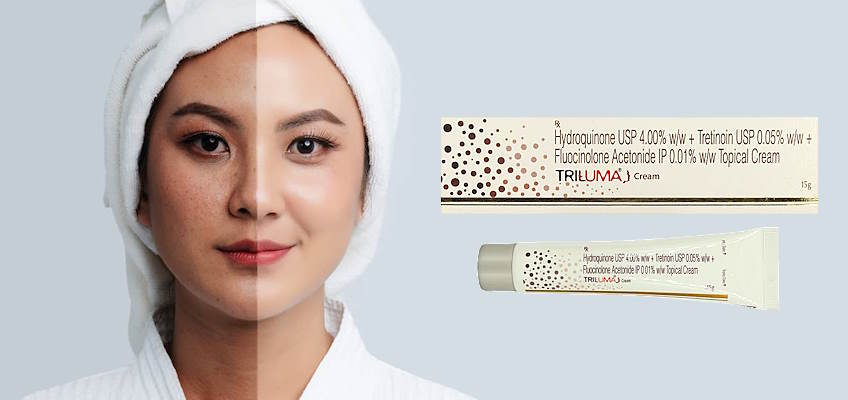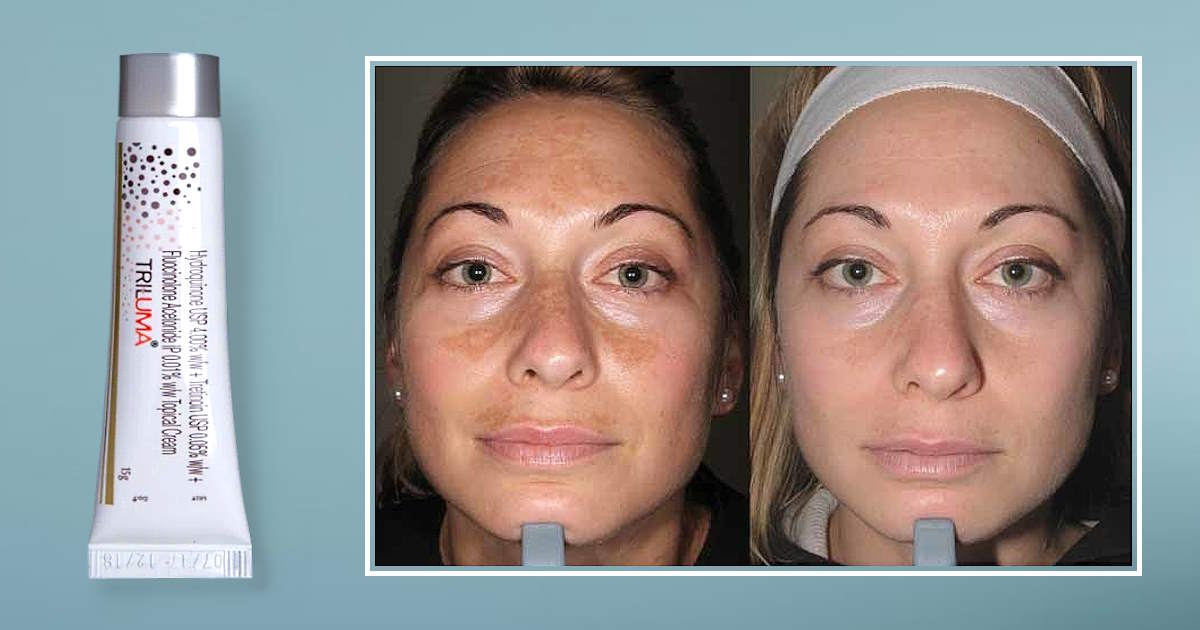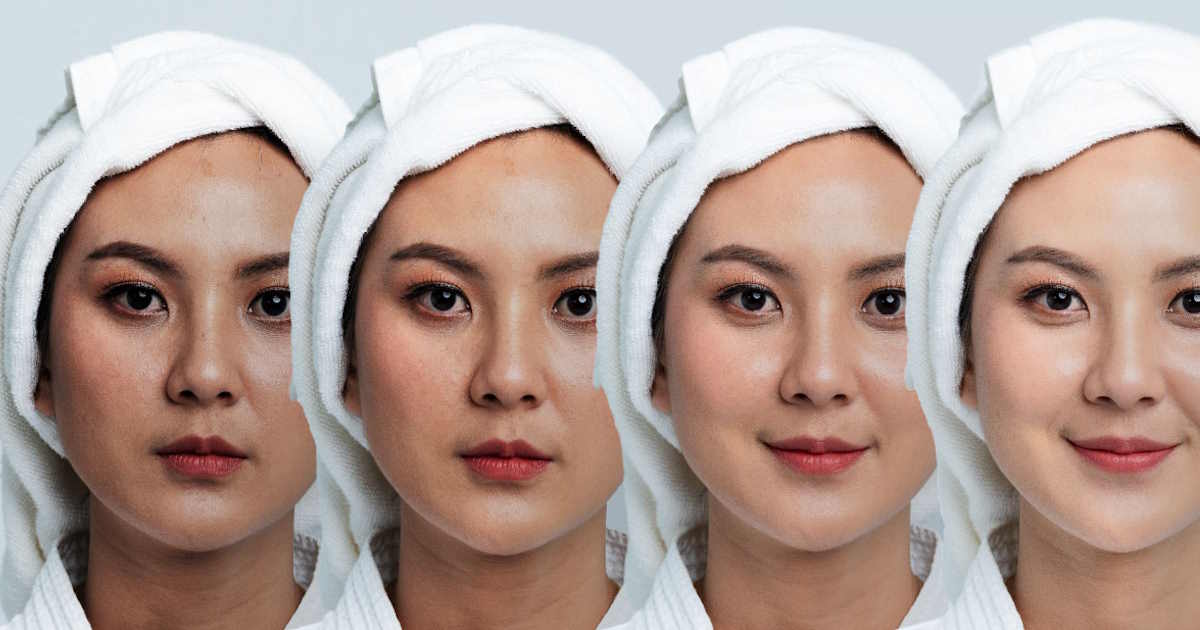How To Use Tri-Luma Cream
Table of Contents
Are you locked in a never-ending battle with the relentless melasma, those stubborn patches of hyperpigmentation that seem to resist all your skincare attempts? Do you dream of a solution that not only fades hyperpigmentation but does so with precision and efficiency? Then it is time to say hello to hope with Tri-Luma cream – the sole solution for melasma that has FDA approval!
Melasma, with its distinctive dark patches on the skin, can influence not only your appearance but also your self-confidence. It’s a challenge many individuals face, and we recognize the importance of finding effective solutions.
Tri-Luma isn’t just a cream; it’s a potent medical skincare solution with the potential to transform your complexion. In this article, we’ll discuss the specifics of Tri-Luma, including common Tri-Luma side effects to be aware of, a step-by-step guide on how to use Tri-Luma cream effectively, and a detailed exploration of Tri-Luma cream ingredients.
Whether you’re a skincare enthusiast or someone on a quest for an effective remedy, join us on this journey to discover the secrets behind Tri-Luma’s success.
Tri-Luma Cream Ingredients Offer Promising Outcomes
Tri-Luma cream is a medical-grade skincare product designed to treat hyperpigmentation issues such as melasma, dark spots, and uneven skin tone. When it comes to how to use tri-luma cream, it is important to know that the cream’s benefits extend beyond addressing hyperpigmentation. It is known to brighten the skin, improve skin texture, and contribute to an enhanced sense of overall well-being by treating conditions like hyperpigmentation and age spots that often lead to reduced self-confidence.
-
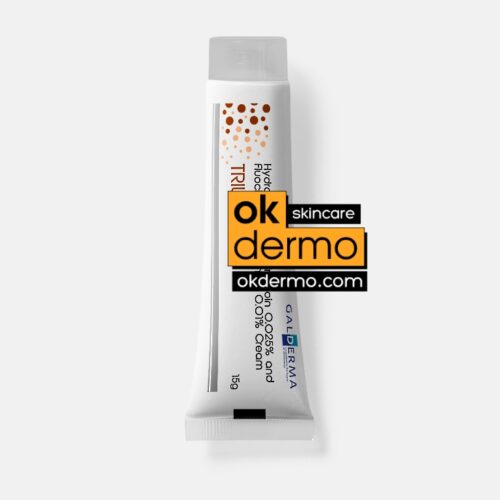
Tri-Luma® Cream for Hyperpigmentation
Hydroquinone 2% / 4% + Tretinoin 0.012% / 0.05% + Fluocinolone 0.01%
Size: 15g / 0.53oz, 20g / 0.7oz
Brand name: Lumiquin, Lumacip Plus, Refaquin, Retrieve
From USD $35.00 Select options -
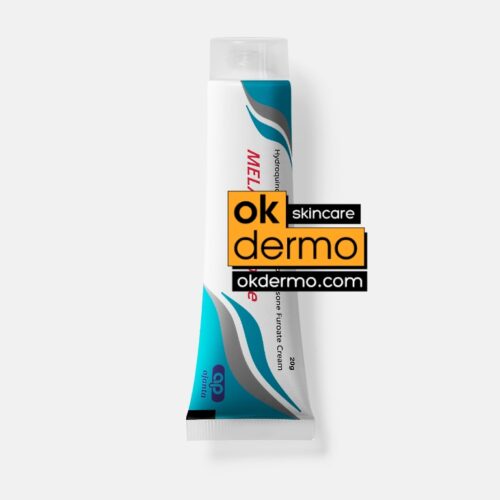
Melacare Forte® Triple Action Cream
Hydroquinone 4% + Tretinoin 0.025% + Mometasone 0.1%
Size: 25g / 0.9oz
USD $24.00 Add to cart -
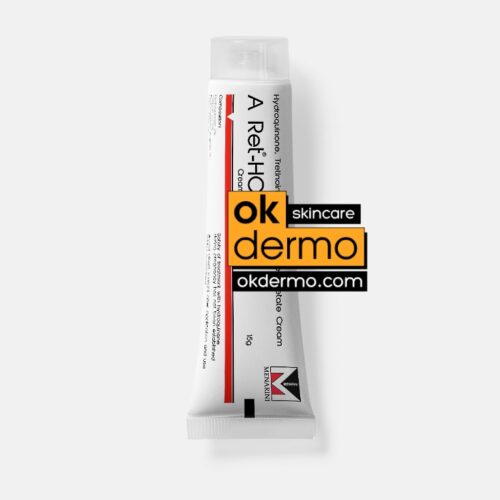
A Ret-HC® / Melanorm-HC® Skin Cream
Hydroquinone 2% + Tretinoin 0.025% / 0.05% + Hydrocortisone Acetate 1%
Size: 15g / 0.53oz
Brand name: Pigmanorm, Katarya, Kataryaxn, Ketarya, Kevarya
From USD $24.00 Select options -

Melrio® Skin Whitening Cream
Hydroquinone 2% + Tretinoin 0.025% + Fluticasone Propionate 0.05%
Size: 20g / 0.7oz
Brand name: Tri-Luma
USD $24.00 Add to cart
What is Tri-Luma Cream?
Tri-Luma Cream is a unique medication applied topically on the skin. It is specifically designed to treat melasma, a common skin disorder characterized by dark, hyperpigmented areas commonly appearing on the face and neck. Hyperpigmentation can affect any skin tone but is more common in individuals with darker skin and can be challenging to treat effectively. Understanding what is Tri-Luma Cream and how to use Tri-Luma Cream can help maximize its benefits.
The cream is a triple combination formulation, consisting of 0.05% tretinoin, 4.0% hydroquinone, and 0.01% fluocinolone acetonide (generic forms exist with lower doses of active ingredients). Tretinoin is a retinoid that enhances skin renewal, hydroquinone acts as a depigmenting agent (treats dark areas) reducing melanin (skin pigment) synthesis thus reducing dark spots, and fluocinolone acetonide is a corticosteroid that reduces inflammation. Together, these ingredients offer an effective solution for melasma.
Tri-Luma is the only commercially available product that combines these three agents, making it a unique option for treating facial melasma. Approved by the U.S. Food and Drug Administration (FDA), it has been studied extensively. In clinical trials involving over 2000 patients, significant effectiveness was observed. For instance, in an 8-week study, 29% of participants achieved complete clearance of melasma, and 87% showed clear to almost clear skin. Long-term studies also demonstrated promising outcomes, with a high percentage of patients experiencing clear or mild melasma after continued use. 1
What’s Inside? Understanding Tri-Luma Cream Ingredients
Tri-Luma Cream ingredients include three active agents, each playing a specific role in addressing the symptoms of melasma.
- Fluocinolone Acetonide (0.01%): This ingredient is a medium-potency corticosteroid, primarily acting as an anti-inflammatory agent. It helps reduce inflammation and redness associated with several skin conditions. This component is especially beneficial for skin conditions like melasma where inflammation can worsen pigmentation issues. It remains in the skin, reducing the risk of general side effects often associated with steroid use as well as reducing the risk of contact dermatitis that might be caused by other components in the cream. By providing a soothing and anti-inflammatory effect, it enhances the tolerability of the Tri-Luma cream, making it a suitable option for individuals with sensitive skin or those who might be prone to irritation from other topical treatments. 2
- Hydroquinone (4%): Hydroquinone serves as a melanin (skin pigment) synthesis inhibitor. It is a skin-bleaching agent that interrupts the formation and synthesis of melanin, aiding in the lightening of the skin. This action directly targets the hyperpigmented areas typical of melasma. 3
- Tretinoin (0.05%): Tretinoin is a retinoid that increases the rate of renewal of the skin, promoting exfoliation and rejuvenation. These speed up the shedding of hyperpigmented skin cells, contributing to the overall lightening of melasma patches. 4
These ingredients, in their specific concentrations, work together in Tri-Luma Cream to provide an effective treatment for melasma. This combination has been shown to be safe and effective in clinical studies, with most side effects being mild and transient, occurring only at the application site. The once-daily application of Tri-Luma Cream over an extended period has been demonstrated to be effective in treating melasma without notable safety concerns.
How To Use Tri-Luma Cream?
Here is how to use Tri-Luma Cream effectively:
- Consultation: Begin with a dermatologist consultation to ensure Tri-Luma is suitable for your skin.
- Skin Preparation: Before application, cleanse the skin gently and pat dry.
- Applying the Cream: Apply a small amount to the affected area once daily, ideally at bedtime. Avoid applying near eyes, mouth, and mucous membranes.
- Sun Protection: Use sunscreen and protective clothing during the day, as Tri-Luma can increase sun sensitivity.
- Duration of Use: Follow your dermatologist’s advice on the duration of use. Ensure long-term use is suitable for your skin.
- Monitoring: Regular check-ins with your healthcare provider are important to monitor progress and adjust the treatment if needed.
- Side Effects: Be aware of potential side effects and contact your doctor if they occur
Learning how to use Tri-Luma Cream safely can increase its beneficial effects.
What Are Tri-Luma Side Effects?
Side effects related to Tri-Luma Cream are generally mild and mainly localized to the skin it is applied to. Learning how to use Tri-Luma Cream can minimize its side effects. The major concern that is generally associated with corticosteroid-containing products, such as thinning of the skin is rarely reported with its regular application. This makes Tri-Luma cream safe to use over the long term.
Some common side effects associated with its use are:
- Skin Irritation: Redness, burning, stinging, or itching at the application site.
- Dryness or Peeling: The skin may become dry or start to peel, especially with prolonged use.
- Discoloration: Changes in skin color, either lightening or darkening.
- Rash or Hives: Some users may experience a rash or hives.
- Increased Sensitivity to Sunlight: The skin may become more sensitive to sunlight, leading to sunburns if not protected using sunscreen.
Less frequently, there may be skin irritation and rashes. In rare cases, blistering, crusting, flaking of the skin, and lightening of normal skin colour may occur.
Other less common side effects include blemishes, a sensation of burning or crawling, itching, numbness, “pins and needles,” tingling feelings, pimples, and raised, dark red, wart-like spots on the skin. However, these are rare and general side effects reported most frequently are skin redness, skin peeling, burning, and dryness that are typically mild and tolerable.
-
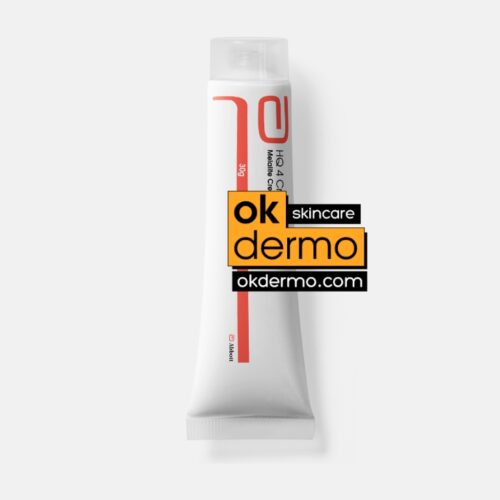
Pure Hydroquinone 4% Skin Whitening Cream
Hydroquinone 4% USP Skin Lightening Agent
Size: 20g / 0.7oz, 30g / 1.05oz
Brand name: Eldoquin, Melanox, Expigment, Eqinon, Melloderm
From USD $25.00 Select options -
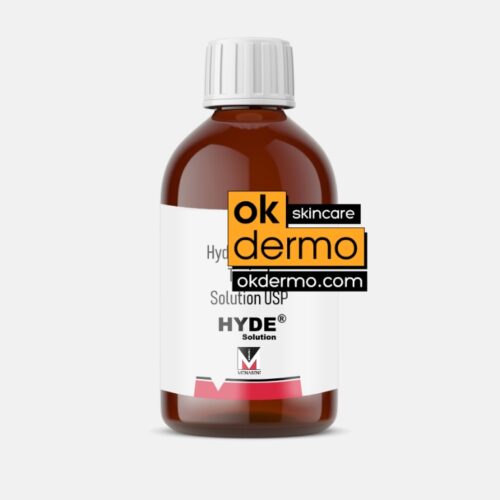
Hydroquinone 5% Topical Lotion
Hydroquinone 5% USP Solution
Brand name: Mediquin, Vitaquin, Interquin
From USD $25.00 Select options -
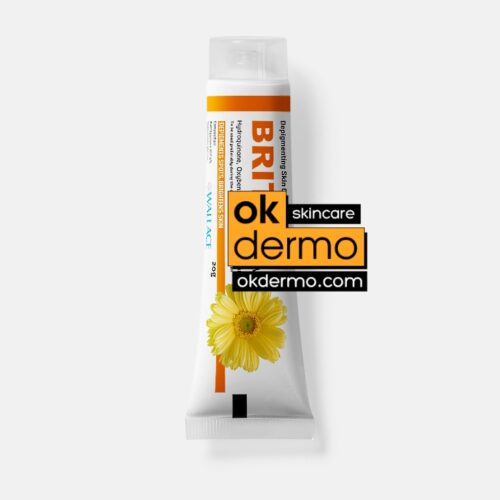
Brite® Skin Whitening Cream
Hydroquinone 4% + Oxybenzone 3% + Octinoxate 5%
Size: 20g / 0.7oz
Brand name: Lustra
USD $24.00 Add to cart -
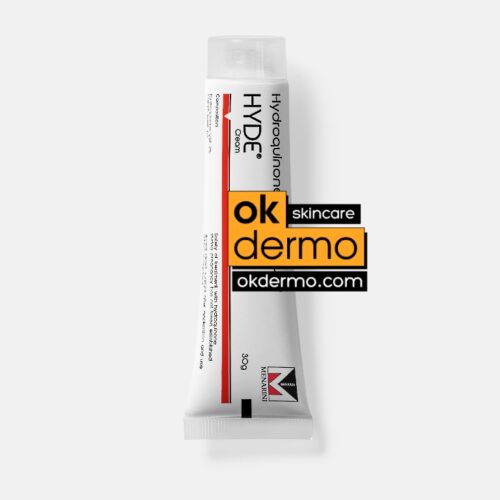
Hydroquinone 3% Topical Cream
3% Hydroquinone USP Skin Lightening Cream
Brand name: Melamix, Esoterica, Alera, Melquin, Melamin, LumaSilk, Obagi, Blanche
From USD $22.00 Select options -
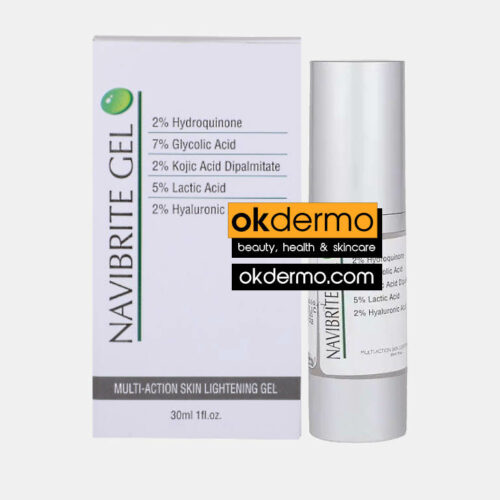
Navibrite® Multi-Action Skin Lightener
Hydroquinone 2% + Glycolic Acid 7% + Kojic Acid 2% + Lactic Acid 5% + Hyaluronic Acid 2%
Size: 30ml / 1 fl.oz
USD $46.00 Add to cart -
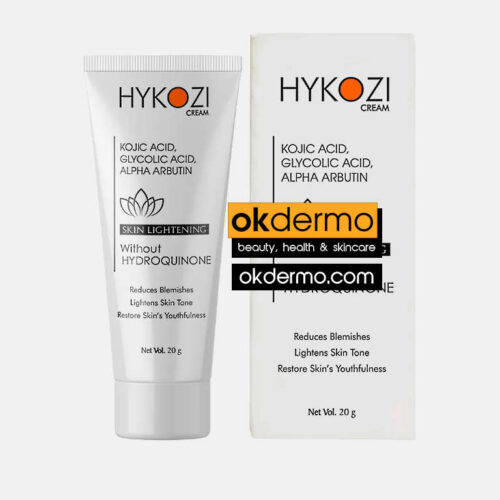
Hykozi® Non-Hydroquinone Skin Glow Cream
Kojic Acid 2% + Glycolic Acid 2% + Licorice 1% + Alpha Arbutin 1% + Lactic Acid 0.2%
Size: 20g / 0.7oz
USD $32.00 Add to cart
Storing Tri-Luma Cream: Does Tri-Luma Need to Be Refrigerated?
Tri-Luma cream, like many skin formulations, requires proper storage to maintain its effectiveness and safety. It is important to store Tri-Luma cream at room temperature, away from moisture and heat. Refrigeration is not necessary for Tri-Luma, and in fact, storing it in too cold an environment may affect its composition and effectiveness. Always keep the lid tightly closed to ensure its effectiveness.
Key Takeaways
- Tri-Luma is designed for treating skin problems such as hyperpigmentation issues like melasma and dark spots.
- Tri-Luma cream contains 0.05% tretinoin, 4% hydroquinone, and 0.01% fluocinolone acetonide, each targeting different aspects of melasma.
- How to use Tri-Luma Cream? Apply a small amount once daily at bedtime after cleansing the skin. Use sunscreen during the day.
- Tri-Luma side effects include skin irritation, dryness, peeling, discoloration, and increased sun sensitivity. Most side effects are mild, localized and easily tolerated. Learning how to use Tri-Luma cream can help reduce side effects.
- Store at room temperature, away from moisture and heat. Tri-Luma Cream does not need to be refrigerated.
FAQs
- Can Tri-Luma Cream be used for all skin types?
Yes, Tri-Luma Cream is generally suitable for all skin types, but a patch test is recommended to check for potential sensitivities. You can do this by applying a small amount to an area of unbroken skin and checking the area within 24 hours for any hypersensitivity reactions.
- Is Tri-Luma Cream safe to use during pregnancy?
The short answer is “No”. It is advisable to avoid using Tri-Luma Cream during pregnancy, as certain ingredients in the cream may pose potential risks to the developing fetus. It’s recommended to discuss the risks and benefits with your doctor and seek alternatives.
- How long does it typically take to see results?
It may take up to 4 weeks to notice significant improvement after starting Tri-Luma. However, this medication is not recommended for continuous long-term use such as longer than 8 weeks without having short Tri-Luma free intervals.
- Can Tri-Luma Cream be used on other parts of the body?
It is formulated for use on the face and should be applied as directed by your dermatologist. Therefore, it’s recommended to check with your doctor before applying on other parts of the body.
- What is Tri-Luma cream used for?
Tri-Luma Cream is a combination medication used to treat melasma, a skin disorder characterized by dark patches or hyperpigmentation, often appearing on the face, especially on the cheeks and forehead.
- How long does it take for Tri-Luma to work?
It may take up to 4 weeks to notice significant improvement after starting Tri-Luma. However, if results are not evident within a reasonable timeframe, consulting with a dermatologist is advisable for personalized guidance and adjustments to the skincare routine.
- Is Tri-Luma the same as tretinoin?
No, it is not the same as tretinoin, although it contains tretinoin as one of its active ingredients. Tri-Luma is a combination of three medications: fluocinolone, hydroquinone, and tretinoin which is a form of vitamin A that helps the skin to renew itself more quickly.
- Does Tri-Luma remove dark spots?
Yes, it helps in the reduction of hyperpigmentation, including dark spots, making Tri-Luma an effective solution for those dealing with mild to moderate melasma or related skin conditions. However, it’s important to use Tri-Luma as directed by your dermatologist for optimal and safe results for your specific skin condition.
- What not to use with Tri-Luma?
Refrain from simultaneous use with other skin-lightening products, skin-drying cosmetics, waxing, or depilatory treatments. Also, avoid using Tri-Luma with products containing alcohol, astringents, abrasive agents, and hormone-based birth control products (such as birth control pills, and hormone implants). Protect your skin from excessive sun exposure and inform your healthcare provider about any medications you’re taking, as some may interact with Tri-Luma.
- What are the side effects of Tri-Luma?
Common side effects of Tri-Luma may include mild redness, skin irritation, burning, itching, dryness, and increased sensitivity to sunlight. Severe but less common side effects may include darkening or discoloration of treated skin, severe skin redness, peeling of the skin, blistering, or crusting, and flaking of the skin.
- How many times a day can you use Tri-Luma?
You may apply Tri-Luma cream once per day, at least 30 minutes before bedtime.
- Where to buy tri luma cream online?
Tri-Luma cream can be purchased online from reputable platforms such as Okdermo, a reliable online destination for skincare products.
Bibliography
- Grimes, P. E., Kelly, A. P., Torok, H., & Pearse, R. (2006). A community-based trial of a triple-combination agent for the treatment of facial melasma. Cutis, 77(2), 177-184. Retrieved from https://pubmed.ncbi.nlm.nih.gov/16901182/
- Sarkar, R., Bansal, A., & Ailawadi, P. (2008). Newer and upcoming therapies for melasma. Indian Journal of Dermatology, Venereology, and Leprology, 74(5), 522–526. Retrieved from https://pubmed.ncbi.nlm.nih.gov/19090343/
- Colón, L. E., & Johnson, L. A. (2008). Successful treatment of moderate to severe melasma with triple-combination cream and glycolic acid peels: a pilot study. Cutis, 82, 372-378. Retrieved from https://pubmed.ncbi.nlm.nih.gov/19090343/
- Bulengo-Ransby, S. M., Griffiths, C. E., Kimbrough-Green, C. K., Finkel, L. J., Hamilton, T. A., Ellis, C. N., & Voorhees, J. J. (1993). Topical tretinoin (retinoic acid) therapy for hyperpigmented lesions caused by inflammation of the skin in black patients. New England Journal of Medicine, 328(20), 1438-1443. Retrieved from https://pubmed.ncbi.nlm.nih.gov/8217756/
Post by:
Marcella Jiovanni
Skin Care Professional
“Marcella Jiovanni actively promotes the importance of maintaining healthy skin, she envisions the future of dermatology as moving away from pure medical, pharmacological dermatology and flowing more toward a holistic approach to wellness and skincare.”

